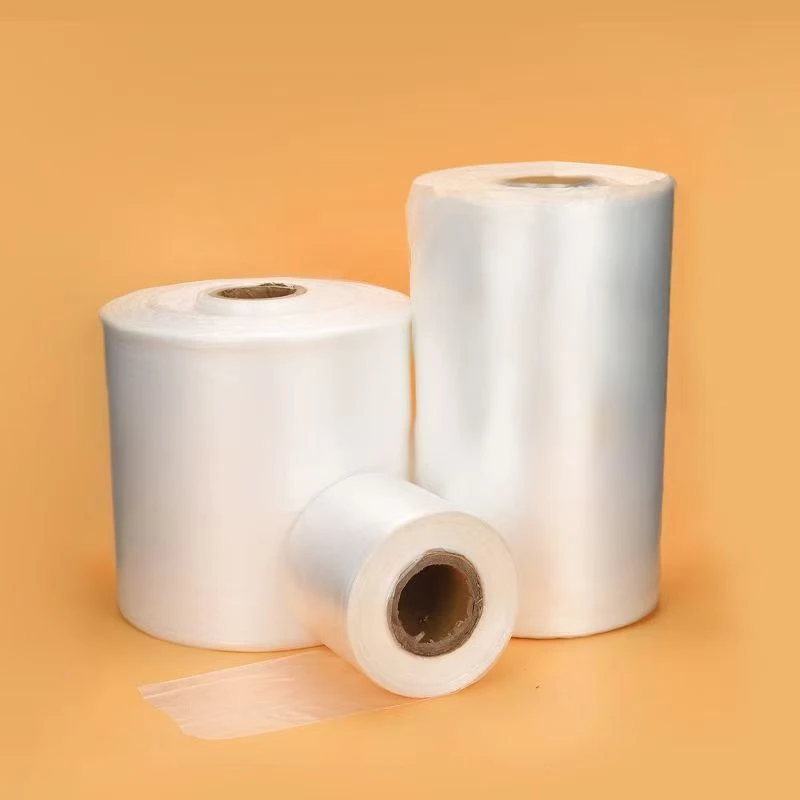The Significance of Rigid Boxes in Packaging Solutions
In the realm of packaging, rigid boxes have emerged as a prominent choice for various industries, including luxury goods, cosmetics, electronics, and even food products. Their sturdiness, aesthetic appeal, and versatility make them a preferred packaging solution for brands looking to enhance their product presentation and protection. This article delves into the significance of rigid boxes, exploring their design, functionality, and the advantages they bring to businesses and consumers alike.
Rigid boxes, often referred to as set-up boxes, are made from thick paperboard and do not collapse or fold. Unlike their flexible counterparts, such as paper and plastic bags, rigid boxes maintain their shape and provide unparalleled support and durability. This characteristic is particularly important for fragile or high-value items that require an extra layer of protection. When a product is housed within a rigid box, it is shielded from impacts, moisture, and dust, ensuring that it arrives at its destination in pristine condition.
One of the most compelling aspects of rigid boxes is their ability to elevate a brand’s image. The design possibilities for these boxes are virtually limitless. They can be customized with intricate graphics, vibrant colors, and various finishes such as matte, gloss, or metallic. Additionally, brands can incorporate embossed logos or unique textures to create a tactile experience. This level of customization not only attracts consumers but also reinforces brand identity, making rigid boxes an essential tool for marketing and brand recognition.
rigid boxes

Moreover, rigid boxes are highly versatile and can be employed across a wide array of applications. For instance, in the cosmetics industry, brands often use rigid boxes to present their products in a luxurious manner. These boxes can include compartments, inserts, and sleeves, enhancing user experience and convenience. Similarly, tech companies frequently utilize rigid boxes to house gadgets and accessories, ensuring that every component is secure and organized, which is crucial for customer satisfaction.
In addition to their aesthetic and functional benefits, rigid boxes offer eco-friendly options, responding to the rising demand for sustainable packaging solutions. Many manufacturers are now producing rigid boxes from recyclable materials or using eco-friendly printing methods. By opting for these sustainable options, brands not only reduce their environmental footprint but also appeal to environmentally conscious consumers, thereby gaining a competitive edge in the market.
Furthermore, rigid boxes can significantly influence consumer purchase decisions. Research has shown that attractive packaging can enhance perceived value and drive sales. Consumers are more likely to choose products that come in well-designed packaging, which they perceive as high-quality or luxurious. In this sense, a rigid box serves as a powerful marketing tool that not only protects the product but also entices customers through visual appeal and thoughtful design.
In conclusion, rigid boxes are a vital element in the packaging landscape, offering advantages that extend far beyond mere containment. Their exceptional strength and design versatility make them indispensable for protecting and presenting products, while their potential for customization invites brands to express their identity uniquely. As sustainability continues to influence consumer behavior, the evolution of rigid boxes in eco-friendly directions further solidifies their relevance. For businesses aiming to leave a lasting impression, there’s no doubt that rigid boxes deliver a perfect blend of functionality, luxury, and environmental consciousness, proving that the way a product is packaged can be just as important as the product itself.



